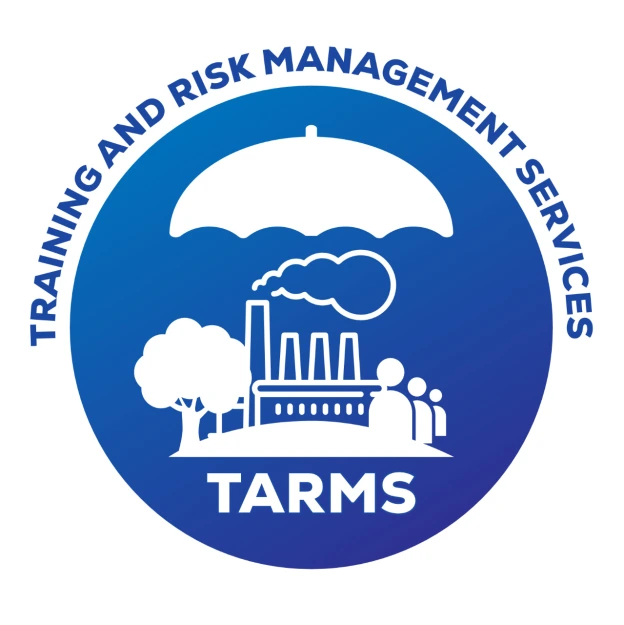
Protecting the Workforce
Risk Levels and Impact
The severity of incidents involving dropped objects can vary widely, depending on factors such as the height from which the object falls, the object’s weight, and the area where it lands.
- Low Risk: Small, lightweight objects falling from low heights, such as a wrench falling from a table.
- Moderate Risk: Larger objects falling from moderate heights, such as a scaffold section falling from the first floor.
- High Risk: Heavy objects falling from significant heights, such as a pipe segment dropping from a derrick.
The potential impacts include:
- Injuries and Fatalities: Serious injuries or fatalities can occur if objects strike personnel.
- Equipment Damage: Falling objects can damage critical equipment, leading to operational delays and costly repairs.
- Operational Delays: Incidents can result in shutdowns or delays, impacting project timelines and financial outcomes.
- Financial Losses: Beyond immediate damage costs, there can be additional financial implications due to lost productivity, legal liabilities, and increased insurance premiums.
Control Measures
Preventing dropped objects involves a combination of engineering controls, administrative measures, and workforce training. Some key control measures include:
-
Engineering Controls
- Secure Fastenings: Use of safety clips, retention systems, and secure fastenings to prevent components from becoming loose.
- Toe Boards and Guardrails: Install toe boards, guardrails, and netting on platforms to prevent objects from falling.
- Tool Lanyards and Tethering: Use tool lanyards, tethers, and securing devices to prevent tools and equipment from being dropped.
- Enclosed Work Areas: Enclose work areas, particularly those above ground level, to contain potential falling objects.
-
Administrative Controls:
- Risk Assessments: Conducting thorough risk assessments to identify potential dropped object hazards in the work area.
- Safety Inspections: Regular inspections of equipment and workspaces to ensure that all items are secured and that potential hazards are addressed promptly.
- Training and Awareness: Provide comprehensive training for all employees on the risks of dropped objects and the importance of prevention measures. Raise awareness about safe practices and the use of safety equipment.
- Procedures and Protocols: Develop and enforce strict procedures and protocols for working at height, including checklists and safety briefings before commencing work.
- Signage: Use clear and visible signage to warn workers of potential hazards and remind them of safety protocols.
-
Workforce Training:
- Safety Training: Providing comprehensive training on the risks associated with dropped objects and the measures to prevent them.
- Awareness Campaigns: Conducting awareness campaigns to reinforce the importance of securing tools and materials and recognizing potential hazards.
- Drills and Simulations: Running drills and simulations to practice response measures and ensure preparedness in the event of an incident.
-
Operational Controls
- Tool and Equipment Management: Implement strict control measures for tools and equipment, including regular maintenance and inspection, and proper storage when not in use.
- Work Zone Management: Define and enforce exclusion zones below work areas where there is a risk of dropped objects. Only essential personnel should be allowed in these areas, and only with appropriate protective measures.
- Buddy System: Utilize a buddy system where workers monitor each other’s adherence to safety practices and quickly identify potential hazards.
-
Personal Protective Equipment (PPE)
- Hard Hats: Ensure all personnel wear hard hats to protect against head injuries from falling objects.
- Safety Harnesses and Lanyards: Use appropriate fall protection gear to safeguard workers operating at height.
- Eye and Face Protection: Provide and enforce the use of safety goggles or face shields to protect against smaller falling debris.
-
Technology and Monitoring
- Monitoring Systems: Implement advanced monitoring systems such as cameras and sensors to detect and alert personnel to potential hazards related to dropped objects.
- Data Analytics: Use data analytics to track incidents of dropped objects and identify patterns or trends that can be addressed through improved safety measures.
-
Emergency Response and Incident Reporting
- Incident Reporting: Establish a robust incident reporting system for dropped objects, ensuring all incidents, near-misses, and potential hazards are promptly reported and investigated.
- Emergency Response Plan: Develop and regularly drill an emergency response plan to deal with accidents resulting from dropped objects, ensuring quick and effective medical and rescue responses.
-
Continuous Improvement
- Audit and Review: Regularly audit and review dropped object prevention measures and update them based on the latest best practices, technologies, and incident learnings.
- Feedback Mechanism: Encourage feedback from employees regarding the effectiveness of existing measures and suggestions for improvement.
Nutshell
By implementing these comprehensive preventive and mitigation measures, organizations can significantly reduce the risks associated with dropped objects, ensuring a safer working environment for all personnel involved in operations at height.

